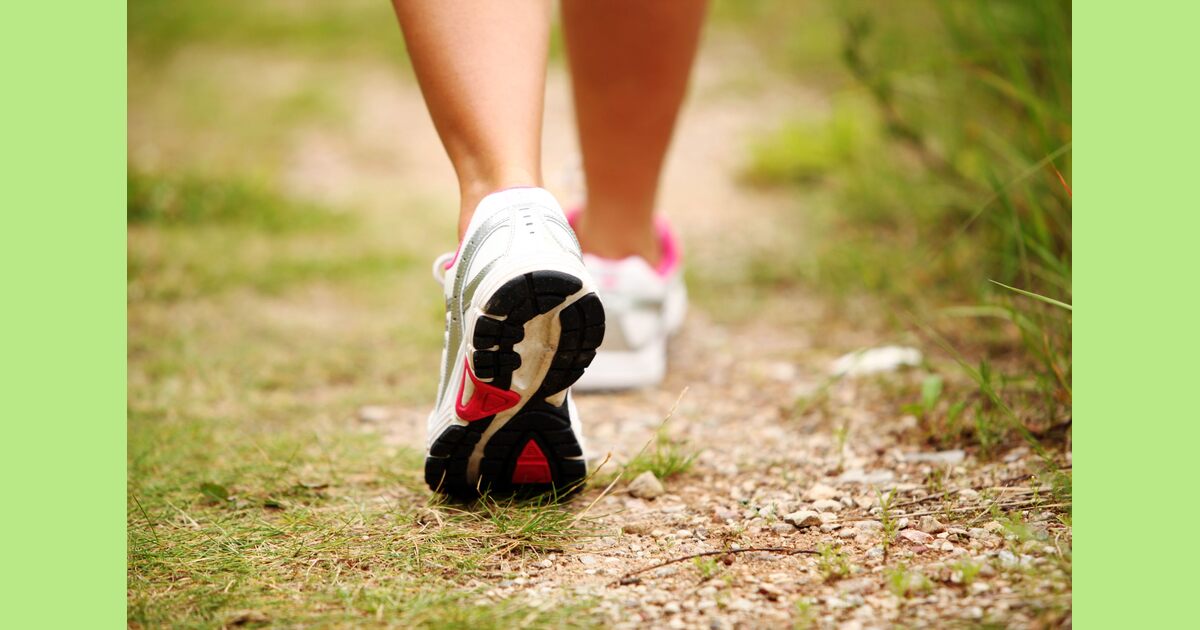Walking after eating may be more beneficial than previously thought. Recent research, conducted in 2022 and published in the journal Sports Medicine, has highlighted the advantages of this simple practice, particularly in controlling blood sugar levels.
Study Reveals How Walking After Eating Can Benefit Blood Sugar Control
Studies have long celebrated the Mediterranean lifestyle, where leisurely meals followed by a walk to socialize are commonplace.
It’s no surprise that walking is considered a cornerstone of the famed Mediterranean diet, known for its numerous health benefits, such as reducing the risk of diabetes, high cholesterol, heart disease, stroke, and certain cancers.
Additionally, it promotes strong bones, enhances brain health, combats dementia and depression, and aids in healthy weight management.
The 2022 study, led by Aidan Buffey, a doctoral student at the University of Limerick in Ireland, revealed that even brief walks of just two to five minutes after a meal can significantly impact blood sugar levels.
In fact, intermittent standing breaks throughout the day were found to reduce glucose levels by 9.51% compared to prolonged sitting, but intermittent light-intensity walking throughout the day led to an even greater reduction of 17.01%.
This meta-analysis incorporated seven studies that assessed the effects of sitting, standing, and walking on insulin and blood sugar levels.
Participants in these studies were instructed to stand or walk for a few minutes every 20 to 30 minutes throughout the day. The total activity time over the course of the day was roughly 28 minutes, with standing and light walking breaks lasting 2 to 5 minutes each.
While standing post-meal was more effective than immediate sitting in stabilizing blood sugar levels, it did not impact insulin levels significantly. In contrast, taking a short walk after eating was found to lead to a gradual rise and fall in blood sugar levels and more stable insulin levels compared to both standing and sitting.
This practice of preventing blood sugar spikes is particularly valuable, as sharp fluctuations can increase the risk of diabetes and heart disease. Typically, blood sugar levels surge within 60 to 90 minutes after eating, making it essential to engage in physical activity soon after a meal.
The mechanism behind this phenomenon lies in the fact that muscles require glucose for energy. Movement aids in clearing sugars from the bloodstream, a principle evident in practices like carbo-loading among runners before races.
In summary, the evidence is clear: taking a brief stroll after eating can have a profound impact on one’s health.
To maximize the benefits of physical activity, individuals are encouraged to meet the recommended standards of 150 minutes of moderate-intensity physical activity per week, coupled with two days of muscle-strengthening exercises.
Meeting these guidelines reduces the risk of all-cause mortality by 33%, making it a worthwhile endeavor for overall well-being.








Leave a Reply
You must be logged in to post a comment.